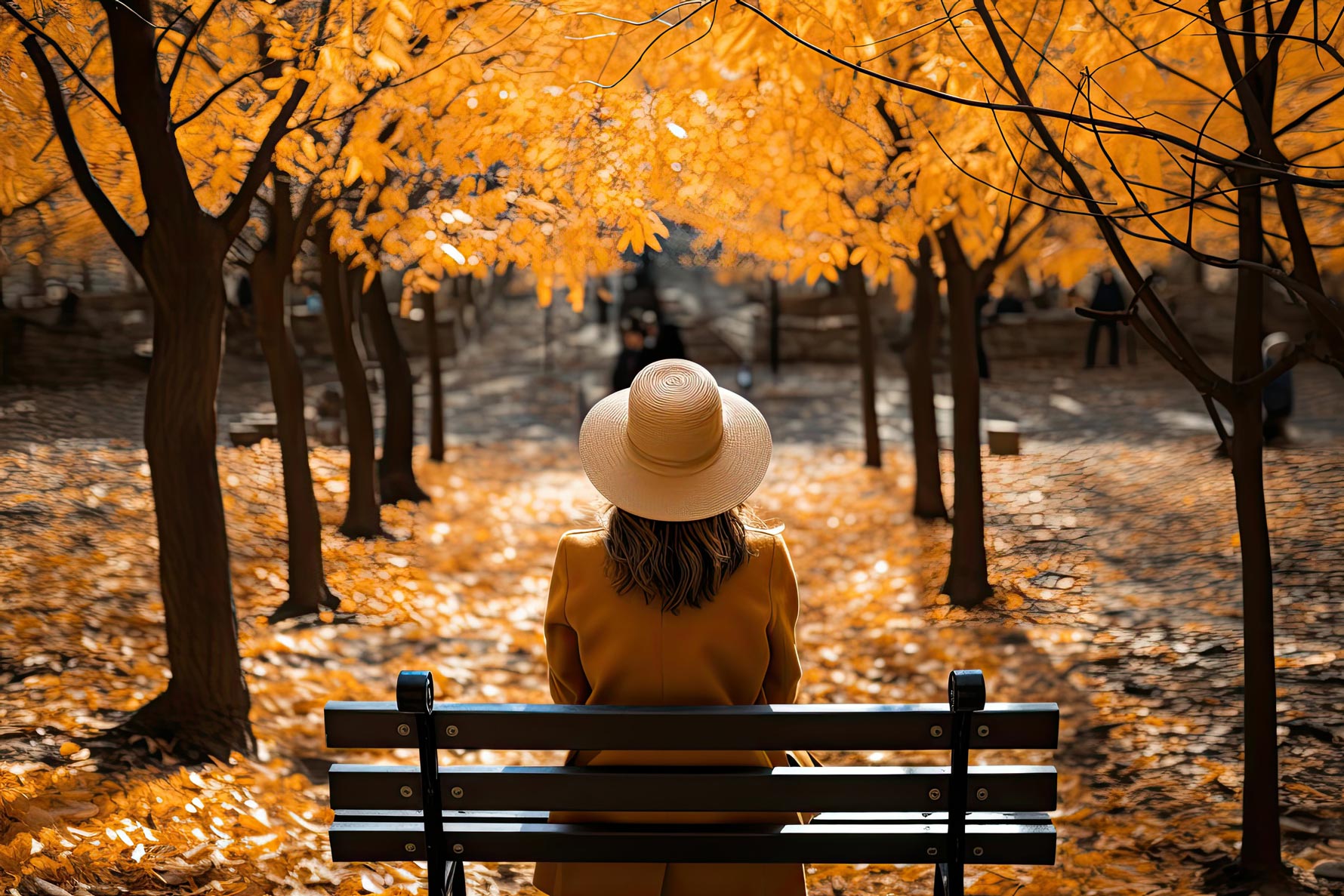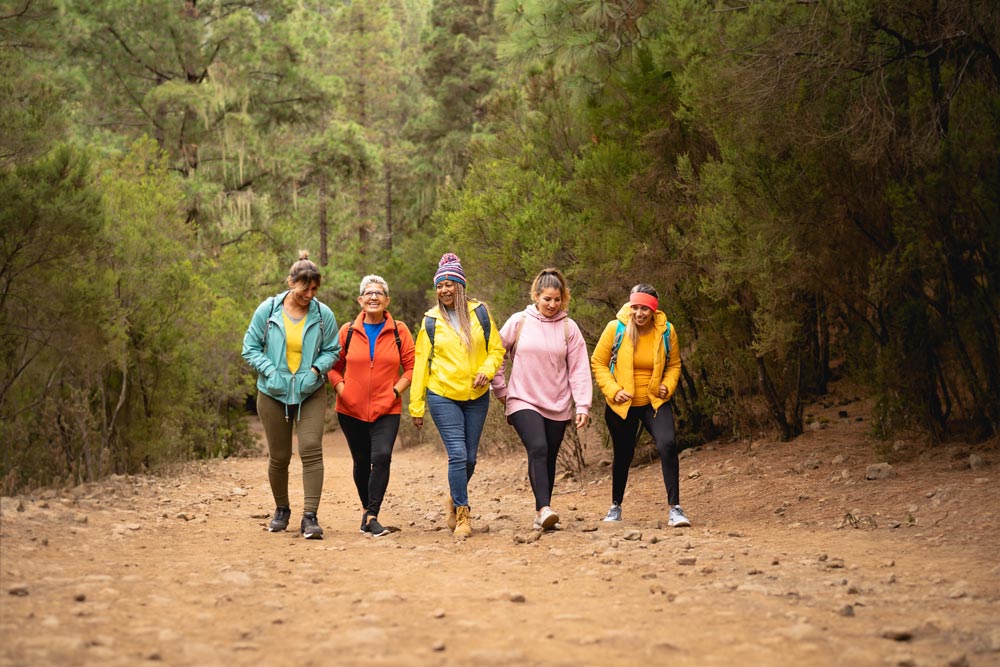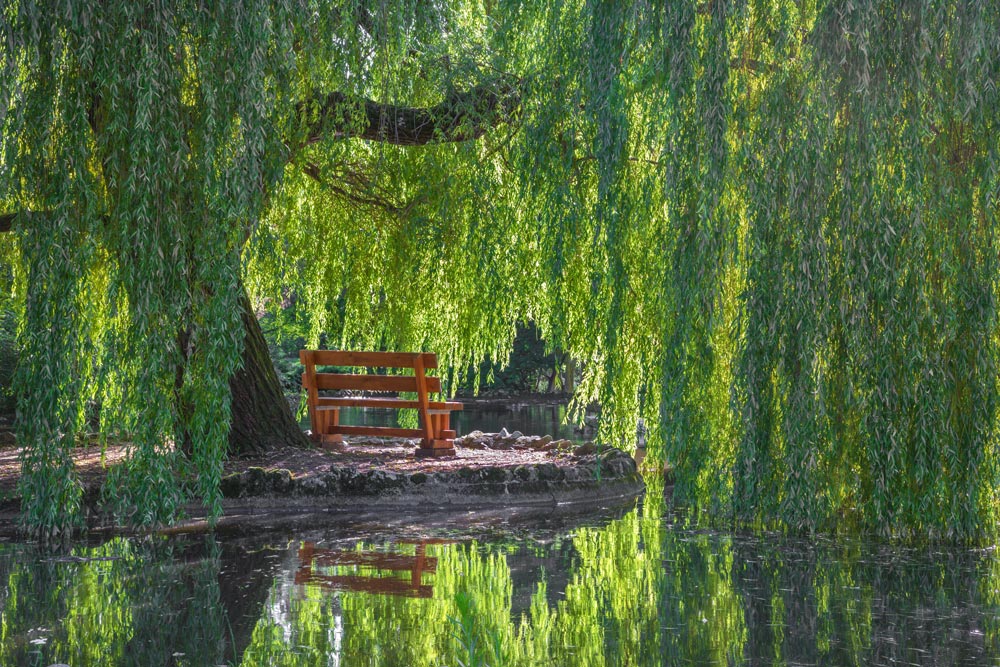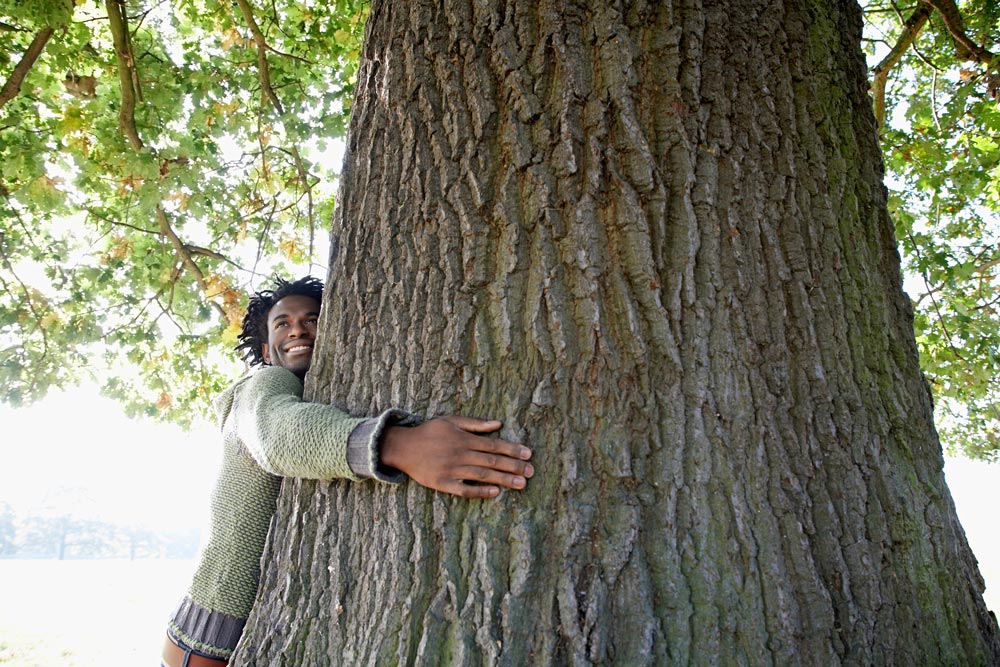Forest Bathing – A Must-Try Therapy for Healing and Wellness

If a tree falls in the forest and no one hears, does it make a sound? That’s an old Zen koan, an unanswerable or paradoxical question used to go beyond the intellect and help open the student’s mind to greater internal truths of spirit and intuition. But you don’t need a Zen Buddhist master’s koan to benefit from the Japanese practice of Shinrin-yoku, or forest bathing.
It doesn’t refer to sitting in a bubble bath in a grove of trees, although it definitely feels like it! Forest bathing is simply being in the presence of trees, doing nothing but hanging—not hiking, not taking photos with your phone, not talking. It’s simply being with the trees and letting your nervous system attune to their presence. The trees and all members of the plant kingdom are the highest consciousness on our planet; they instinctively know how to soothe us, how to heal us.
The Scientific Backing for Nature Therapy

According to an EPA survey, we spend 87 percent of our time indoors, plus another 6 percent in our cars. That doesn’t leave much time for the restorative benefits of the great outdoors.
One study showed that gallbladder surgery patients who just looked at trees through a hospital window had a faster recovery time.
The Japanese have spent millions of dollars to study the effects of forest bathing on the mind and body. A professor at the Nippon Medical School in Tokyo measured human NK (natural killer) cells in the immune system both before and after forest bathing. NK cells respond rapidly against viral infections and protect against tumor formation; they are a vital part of a healthy immune system. During the week following a forest visit, NK cell activity increased significantly, and positive effects lasted for a month after a weekend in the woods, including less inflammation, improved mood, better ability to focus, more energy, and better sleep.
You know how the air in a forest seems fresher than city air? That’s because trees emit essential oils (called phytoncide) to protect themselves from germs and insects. When you inhale phytoncide, it improves the functioning of your immune system.
Another Japanese study measured stress factors before and after a 30-minute visit to a forest. They found lower concentrations of cortisol, blood pressure and pulse rate went down, there was more parasympathetic nerve activity (rest-and-digest system) and less sympathetic nerve activity (flight-or-fight responses). In other words, hanging out with the trees makes us humans less stressed.
Trees are not only good for your body, they are also good for your spirit. Another study showed reduced hostility and depression after being with the trees, or as one researcher put it, “therapeutic landscapes.”
As a regular practice, forest bathing can deepen your intuition, increase your ability to communicate with the land and various species, increase your life force, and overall sense of happiness.
Forest Bathing Clubs
In San Francisco, there are hundreds of members of the Forest Bathing Club Meetup who forest bathe once a month to take a break from the stress of constant technology—your computer and phone and invasive social media, emails, and texts.
There are even certified Forest Therapy guides.
Check to see if there are such clubs near you. If not you can go on your own – or use this as an opportunity to start your own and club and build a community.

Trees in Myth and Religion
Many myths from around the globe tell of a “world or cosmic” tree, where the roots, trunk and branch represent the underworld, earth, and the heavens. The bible mentions the “tree of life” as well as the “tree of knowledge of good and evil.” The Buddha reached enlightenment while sitting under a Bodhi tree. Druids worshipped in sacred groves of trees. And Kabbalists celebrate the 15th of the month of Aquarius (on the lunar calendar) as the birthday of the trees.

It’s said that even spiritual teacher, Krishnamurti, found his enlightenment in Ojai under a pepper tree.
A number of trees have always been regarded as sacred. The willow tree is associated with the movement of water and the moon, so priestesses of the Goddess Hecate of the Moon use willow water as part of their magic. Celts considered the oak, apple, birch, and ash trees as sacred, with the ash tree known for healing and enchantment. The largest yellow oak in the U.S. (in Oley, PA) is 500 years old and is said by the Delaware Indians to have the power to heal. The Bodhi tree of India is a symbol of Buddha’s presence, while the banyan tree with its unique aerial roots represents eternal life. The bible mentions the Lebanese cedar 75 times.
Take Advantage of Nature’s Free Therapy
Trees help us physically by providing oxygen and shade to the planet as well as shelter and habitat for animals. Like all living things, trees have an energetic vibration and aura. Their grounding energy comes from having roots that reach deep into the earth, and give trees their vibration of security and stability.
So bathe your body and spirit in the forest (or your local city park) as you mingle with the trees. Go ahead and have a moment and physically hug a tree. Release any negative energy (as well as all those EMF’s you absorbed from your TV/laptop/phone!) and let them travel down the tree’s roots and get recycled by Mother Earth. At the same time, you’ll absorb the nourishing energy Mother Earth sends up through the tree’s roots as you rest against the tree’s trunk beneath its leafy branches.
For one moment, no need to do anything, just be. 😊

Interested in learning more about natural and holistic approaches to health? Your greatest source of truth for your wellness is yourself and your intuition (along with some accurate information). Register for this free webinar with Deborah to tune up your Medical Intuition abilities >>

